We’d just walked to Montepulciano in the blistering midday sun, feeling a bit like ‘mad dogs & Englishmen’ as we climbed the last few kilometres, quivering from heat exhaustion, thirsty and hungry and pretty sure we’d be returning to Montefollonico in a taxi. But after a surprising lunch at L’Altro Cantuccio we were rejuvenated and given new legs to walk us back home.
We retraced our steps and descended below the church of Sant’Agostino to Via dei Canetti then branched off onto a farm track, heading west on Via delle Colombelle.
We came this way a few hours ago, past orchards and olive groves and ladders in trees. But I was too eager to arrive and missed all its dappled green shade and sparkle dance of light through the leaves.
Montepulciano silhouetted behind us,
and Montefollonico just visible on the hilltop ahead.
It was still hot and there was little shade, so whenever I found some my pace slowed and I lingered a while. The track led us down to a bridge over a stream, a sheltered spot beneath willow, acacia, fig and walnut trees. It was rich with wildflowers too; I spotted scabious and wild sweetpeas but there were many others I couldn’t name, butterflies too, and all fragrant with the scent of trampled thyme leaves. For a brief moment I recalled childhood summers under riverside trees and I was back in Arcadia!
But Sue was not keen to hang about, she likes to keep moving. I hang back, sniff the ground, turn in circles to survey the horizon, then run on ahead to get there first, wherever it might be. This time it’s another stream then up the shady lane where the blackberries grow. It’s like taking a dog for a walk!
I’d wag my tail if I had one and I’d love a bowl of water. At the top of the lane we’re back at Pozzarello, the abandoned farmhouse with the abundant grapevines. And a great view back to Montepulciano.
There’s a whole circuit of hiking trails to explore.
We choose the path that leads us back up the hill to Montefollonico.
The path twists and turns as it climbs steeply through the woods until we emerge into a clearing with another lovely view of Montepulciano on the far hill and the church of San Biagio down below.
A little further and we’re back at the Porta del Triano, the gate we left Montefollonico from about eight hours earlier – Walking To Montepulciano.
The main entrance is the Porta Nuova.
This quiet fortified village, with its small medieval houses, is Sienese in atmosphere, and inhabited by numerous doves and pigeons. It is a little bigger than the neighbouring villages and extremely well preserved within its medieval walls, which have three gates, including the splendid 14th-15th century double Porta Nuova, which still provides its entrance. The delightful hamlet has a single main street and a handful of shops and restaurants.
The church of San Leonardo, with a pretty 13th century exterior built of square blocks of local yellow and white stone, is approached by steps on either side of outcrops of rock. Inside is a Baroque high altar and a 13th century wooden crucifix between two paintings of the Annunciation in stone frames. Next door is the little 13th century town hall. The Chiesa della Compagnia del Corpus Domini, preceded by a tiny courtyard with the bell-tower at one corner, has a Deposition by the school of Luca Signorelli and 18th century frescoed lunettes with amusing details. High up on the facade of the former church of San Bartolomeo there is a Romanesque sculpture of a mermaid. Porto del Triano, bearing the date 1278, frames a view of Montepulciano on the skyline. Outside the gate is a fine stretch of walls, above which can be seen a lovely hanging garden. Just below is the handsome Chiesa del Triano, built on rocks in a group of horse chestnut trees, with a lovely view of Monte Amiata. Its architectural features in brick and stone stand out against the white ‘intonaco’. It has a pretty domed bell-tower. The date 1609 is above the door. The interior has an attractive crossing with an unusual altar screen.
Blue Guide Tuscany: Alta Macadam
The two-tailed mermaid of Montefollonico, perched under the ridge of the roof of the ancient church of San Bartolomeo. On the wall below is a plaque, with an inscription by E Zolla
Thanks to the mediation of desire, the inexorable force that binds to a womb siren, those pure sound rhythms took a garment of flesh
a cryptic message which seems to refer to the carved figures over the door at the Pieve di Corsignano.
Many of the houses in Montefollonico were built with towers…
And so was ours. We were on the top floor with access to the tower.
A view of the Chiesa del Triano through one of the tower’s square portholes.
We came in off the street and up the grand staircase in the entrance hall.
Our door was on the right, where I sometimes stood and attempted to draw the ellipse of the balcony. From here another staircase led us up two more flights to the door of our apartment.
It was the most beautiful self-catering apartment we’d ever stayed in. Simple and elegant and always cool – terracotta floors, stone walls, shuttered windows, mosquito screens – natural air conditioning.
There was a door from the apartment into the tower, a magical passageway to another flight of stairs up onto the roof. From here we could look out and retrace the route we’d taken to Montepulciano.
We could also look down into the beautiful hanging gardens below us, where, every morning and evening, our neighbour carefully watered her plants, always accompanied by two playful dogs, a Jack Russell and a dachshund, and a very earnest tortoise.
Looking southwest we could see La Chiusa, a renowned restaurant on the edge of the village.
And further away on the horizon we could just make out Pienza.
We came up onto the roof of the tower at the beginning and the end of every day
and took far too many photos. But the views were always spectacular.
Montefollonico / Montefollonico Town Walls / Hill Town Montefollonico


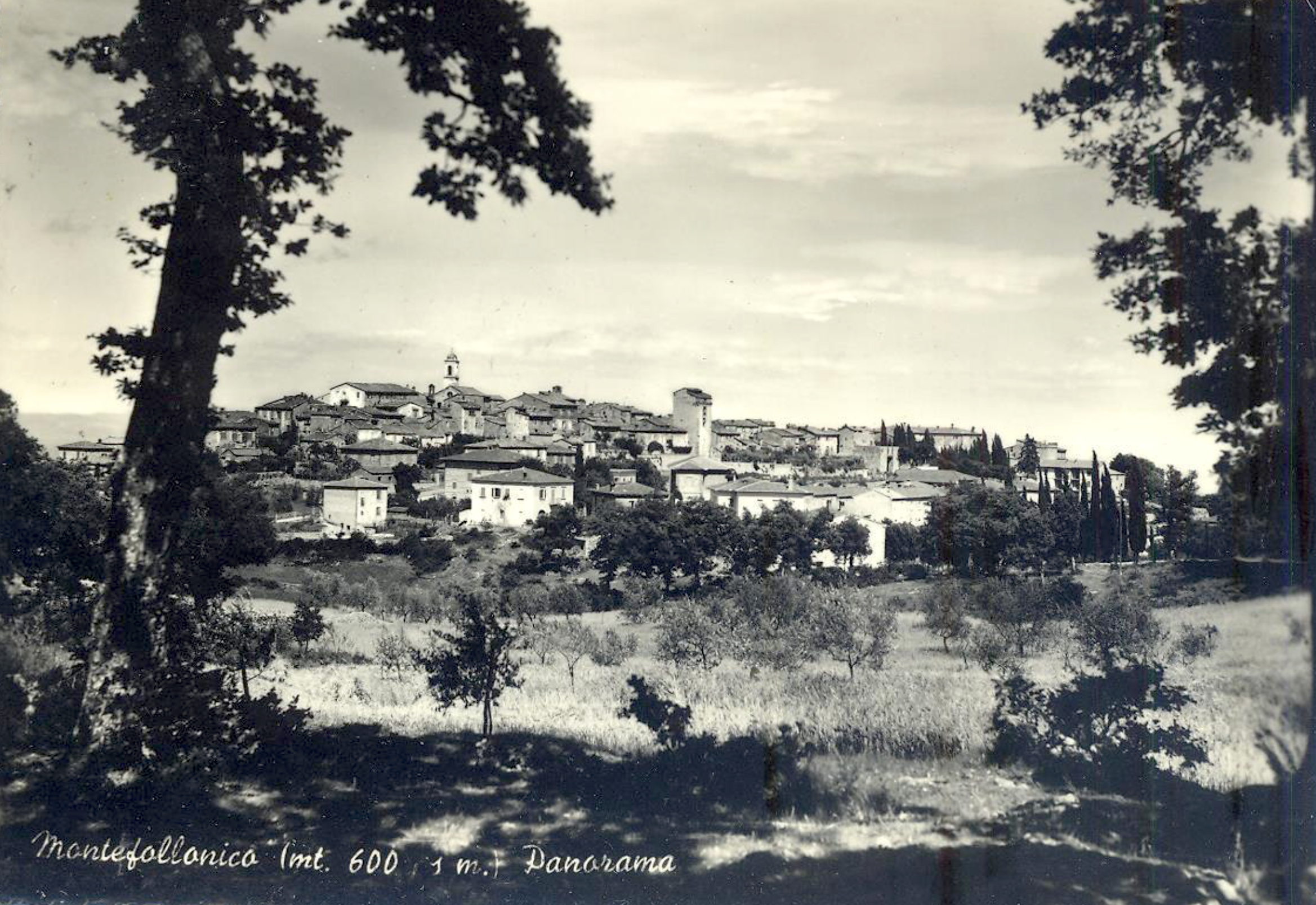







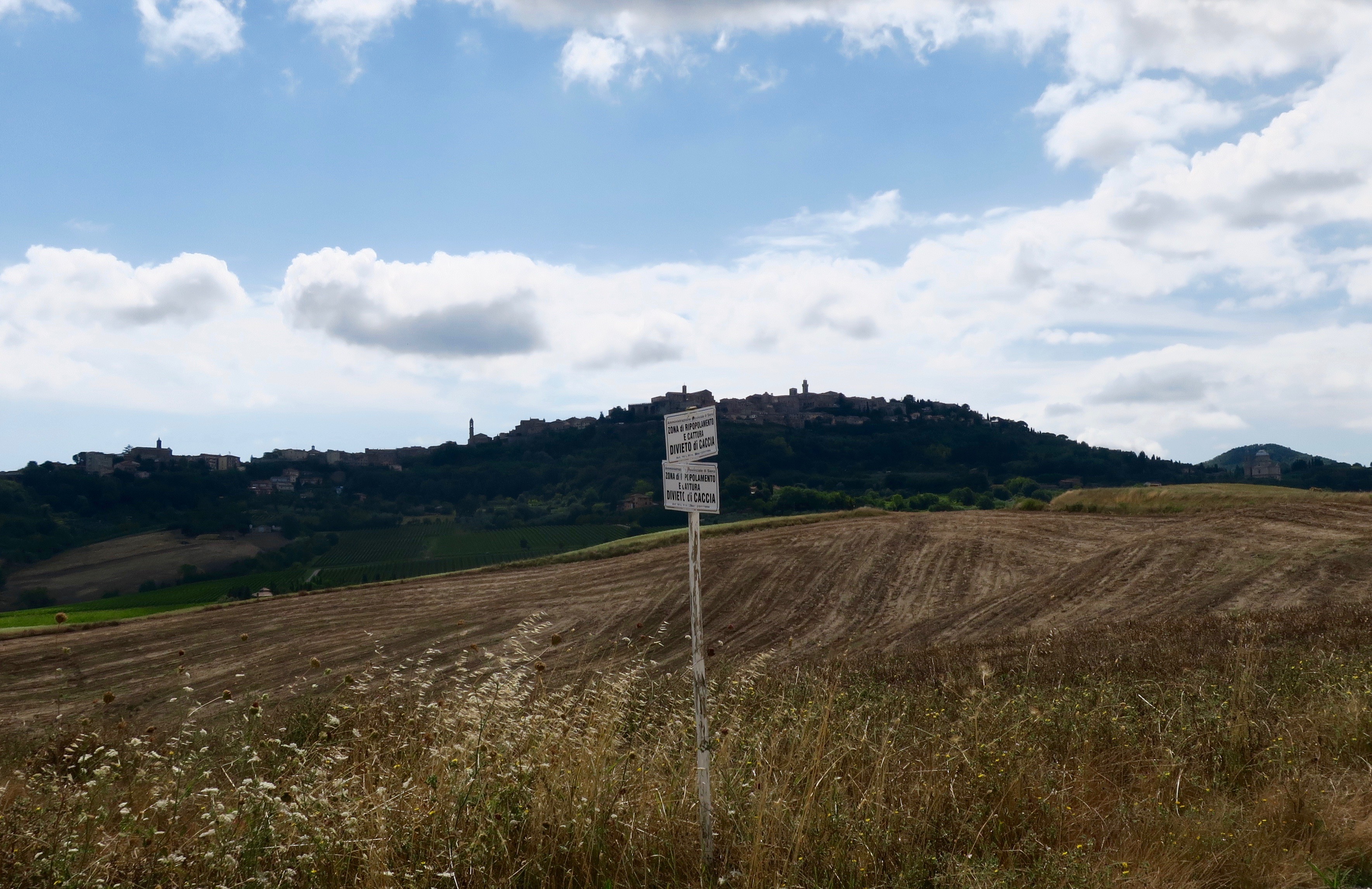
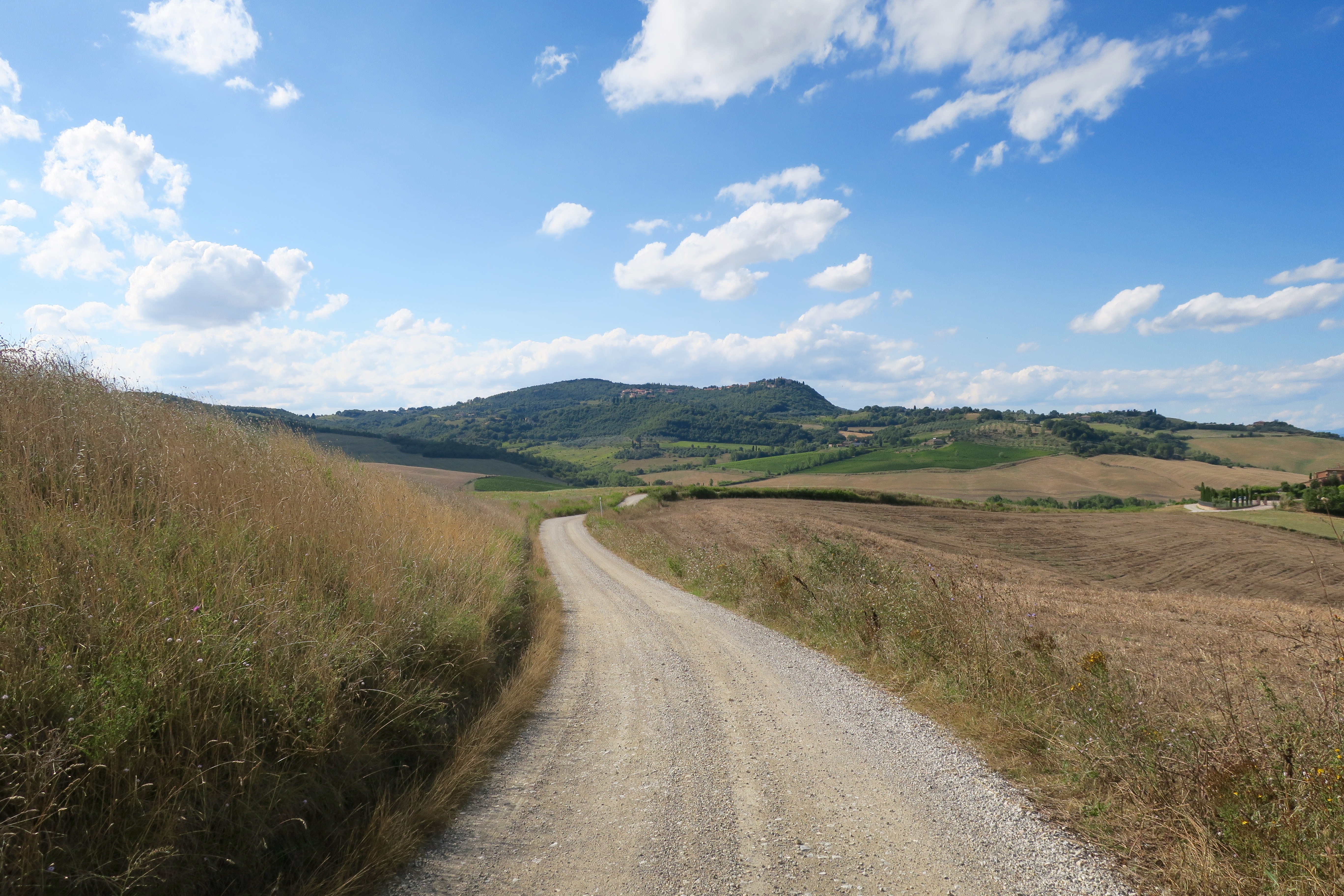

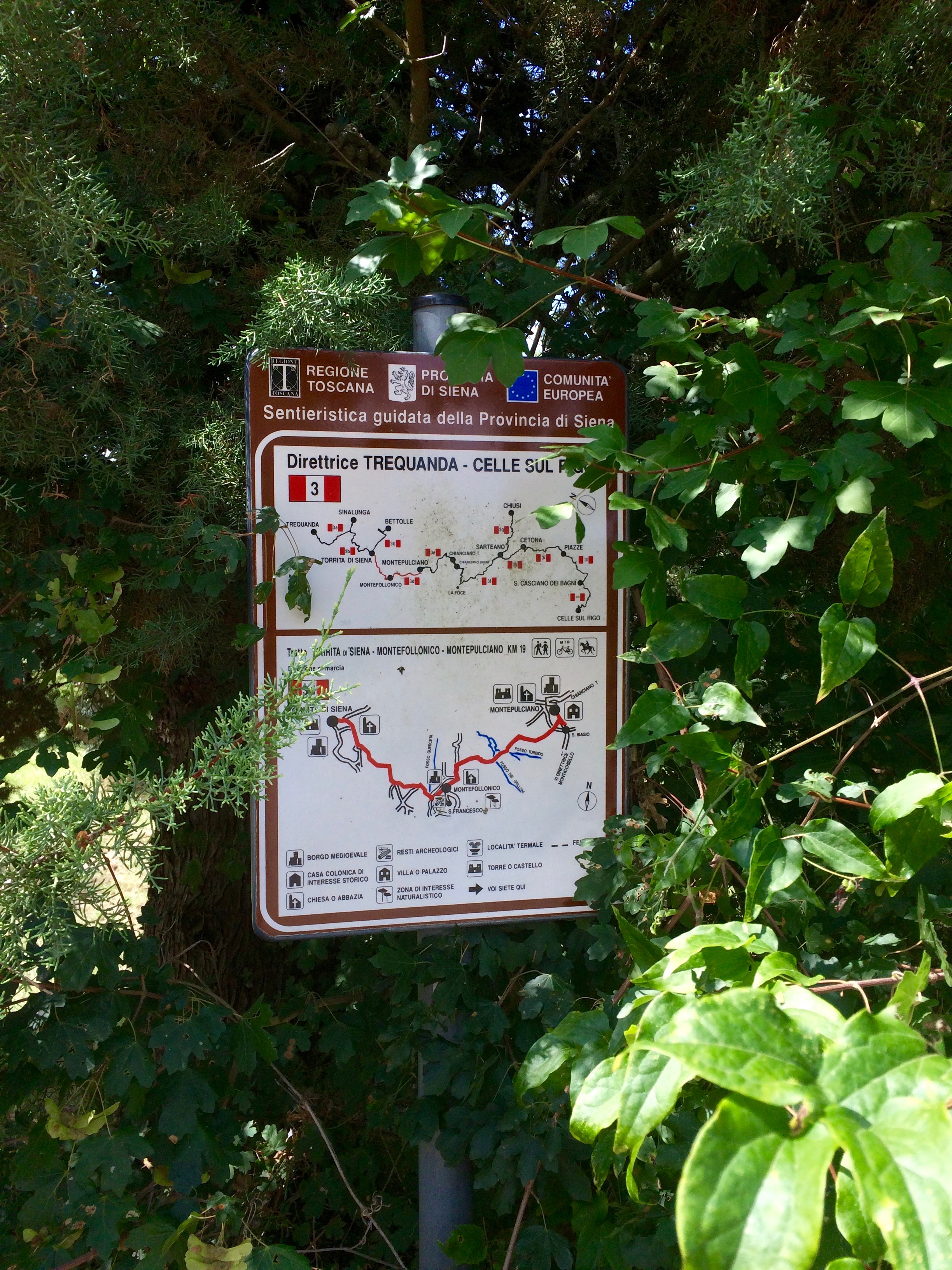




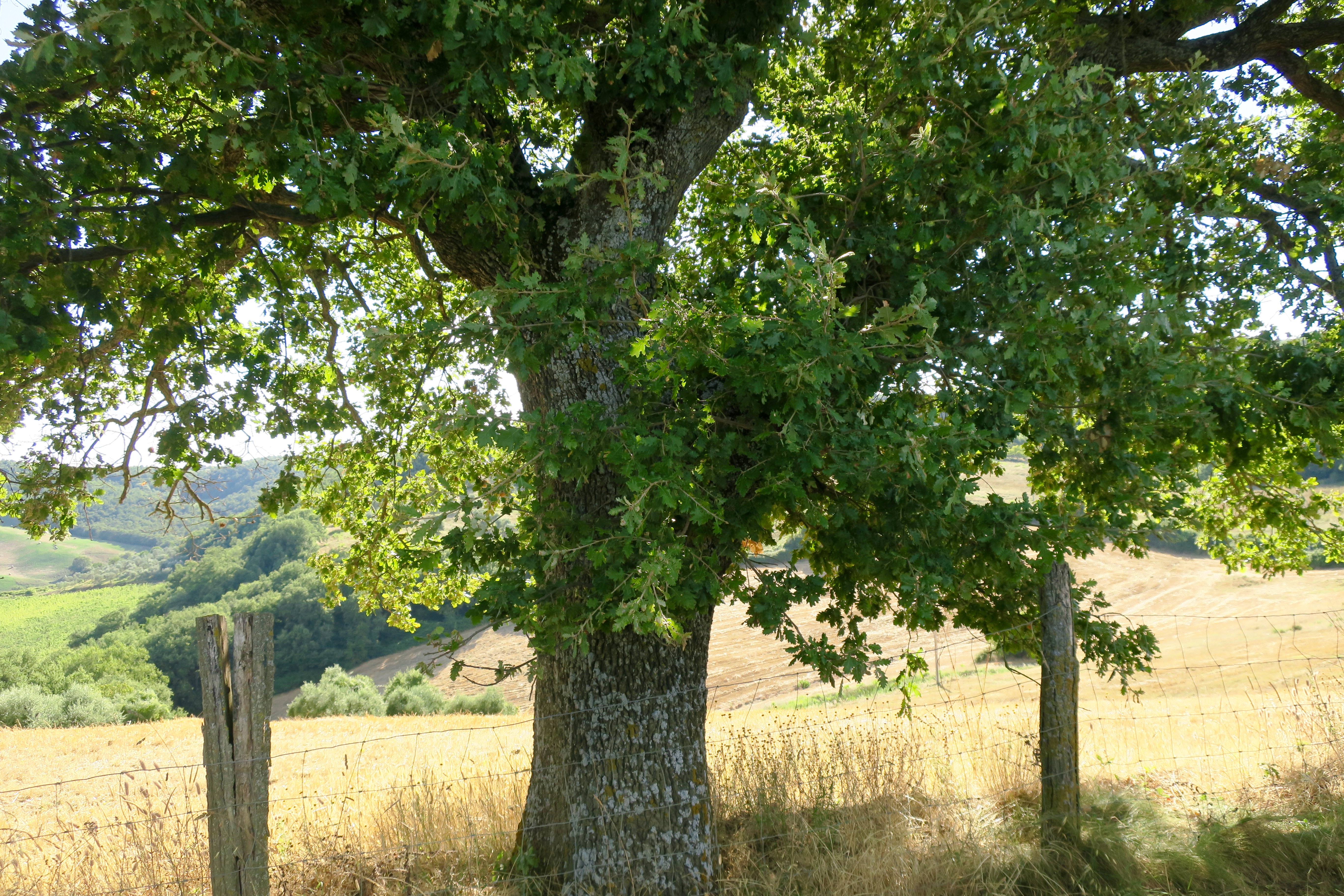


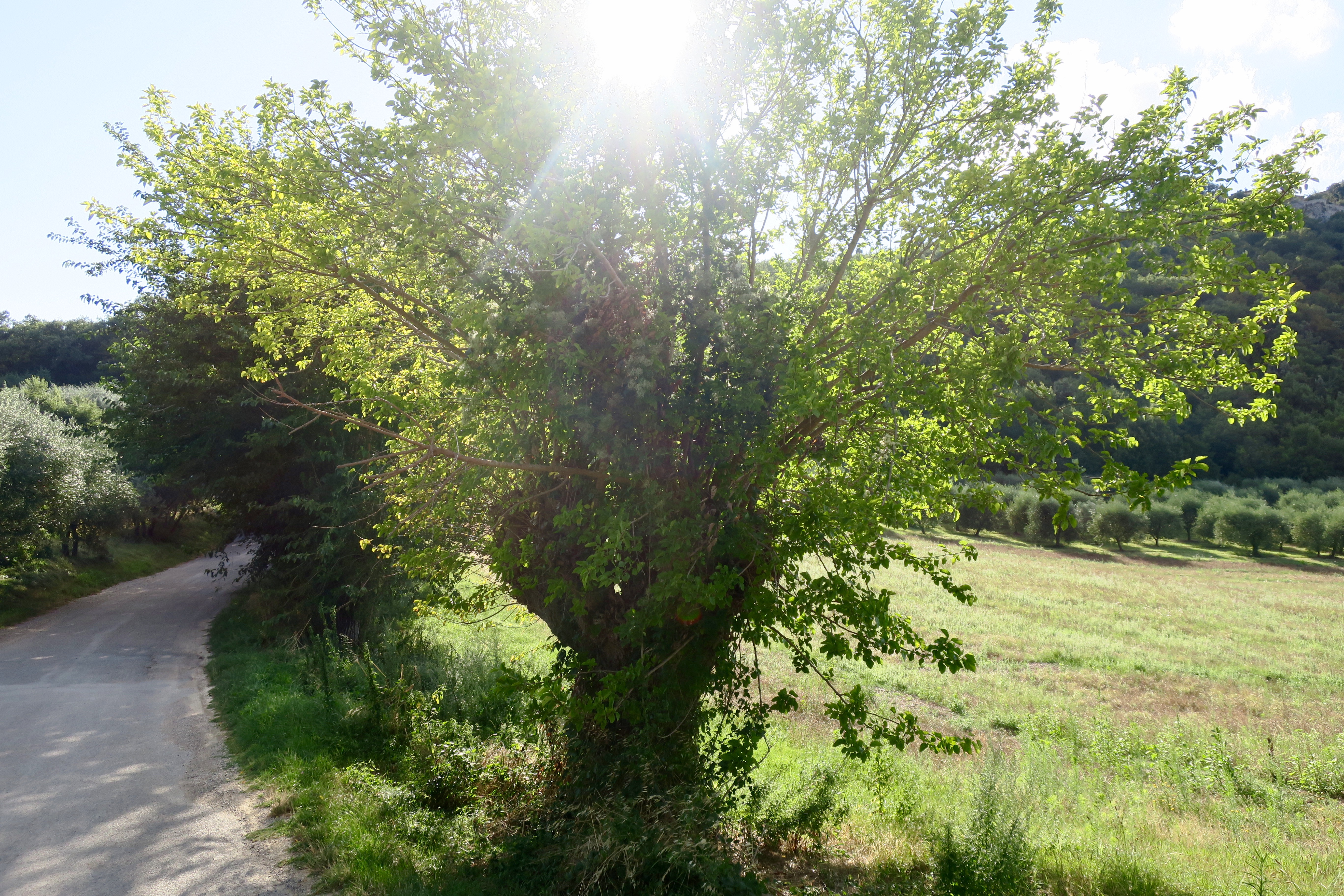







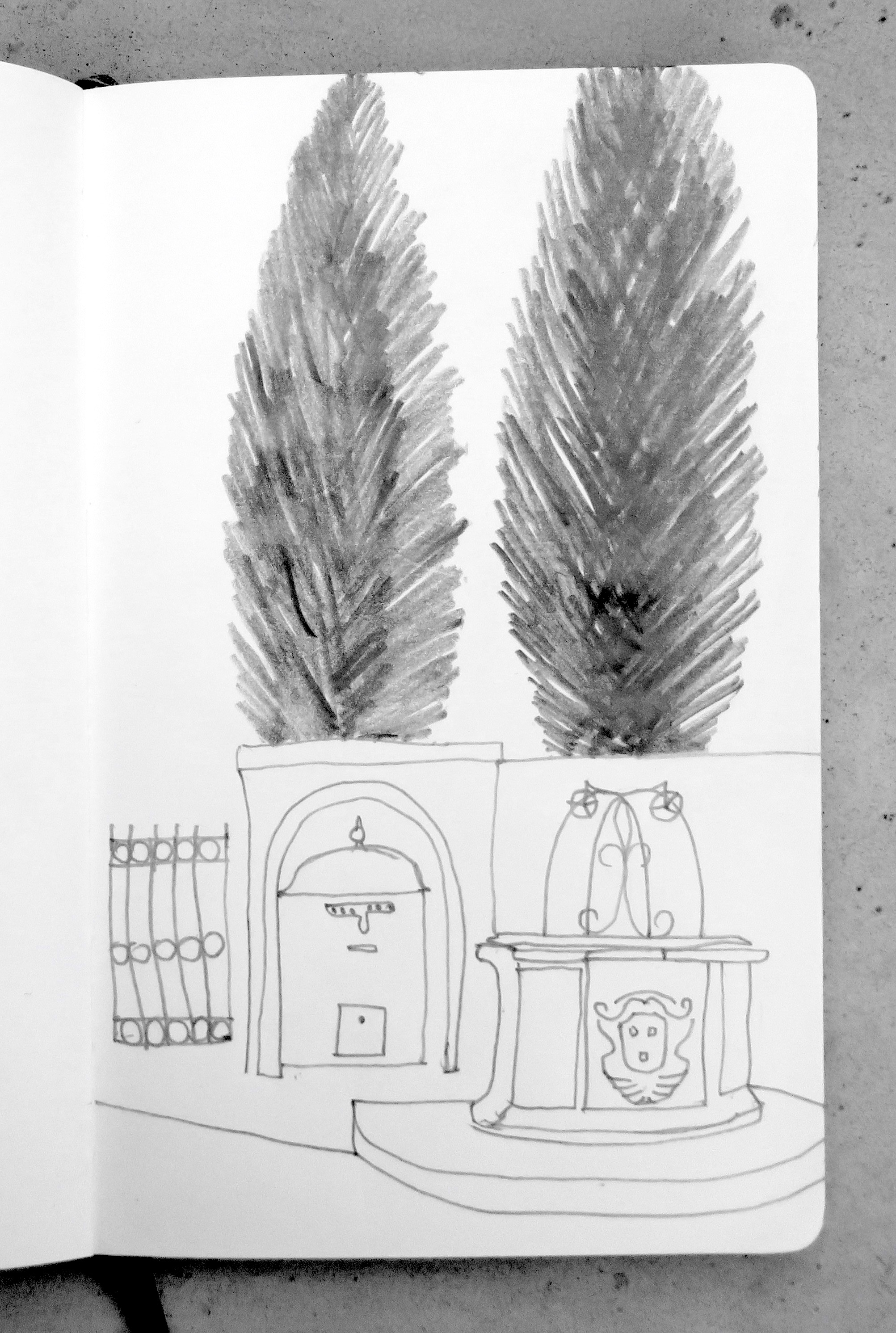



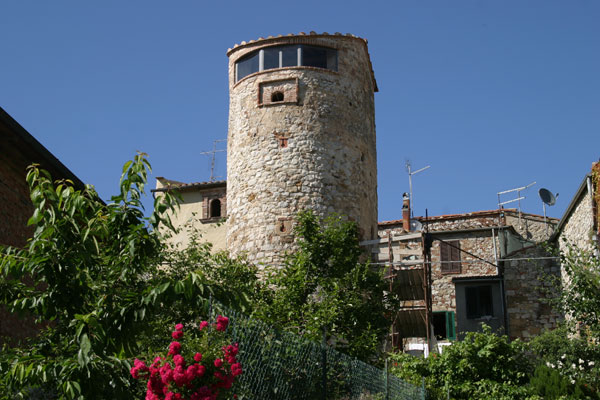



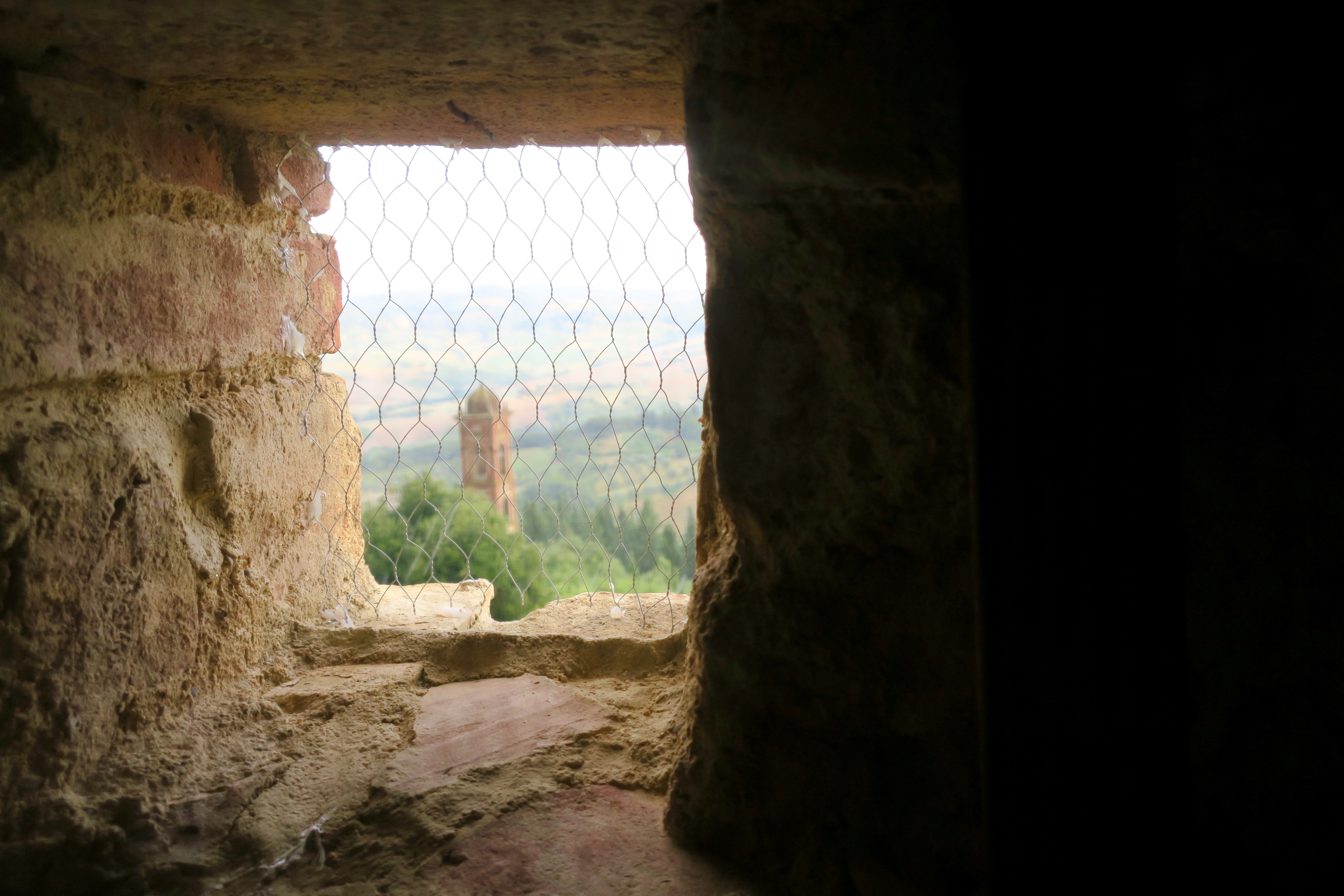


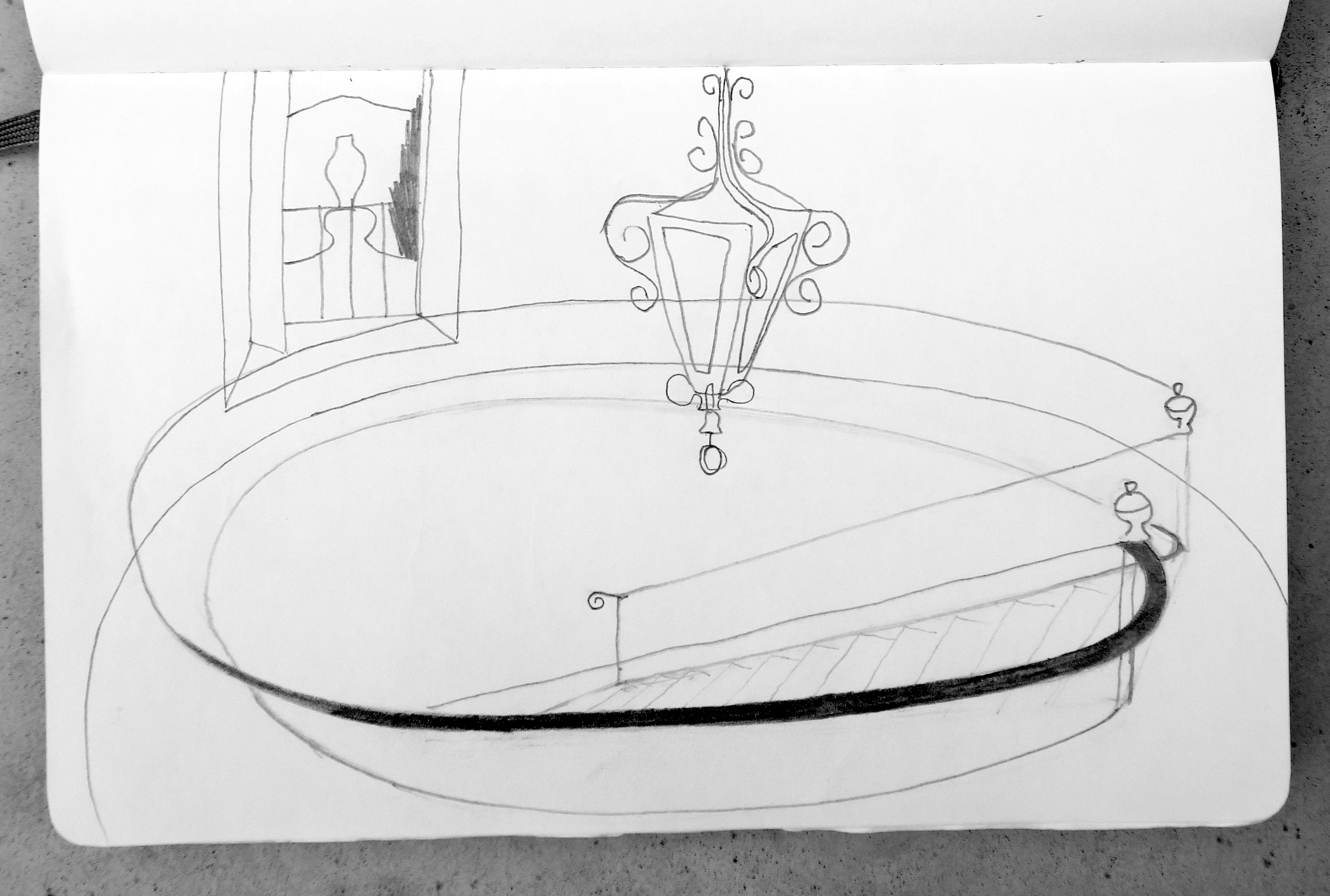









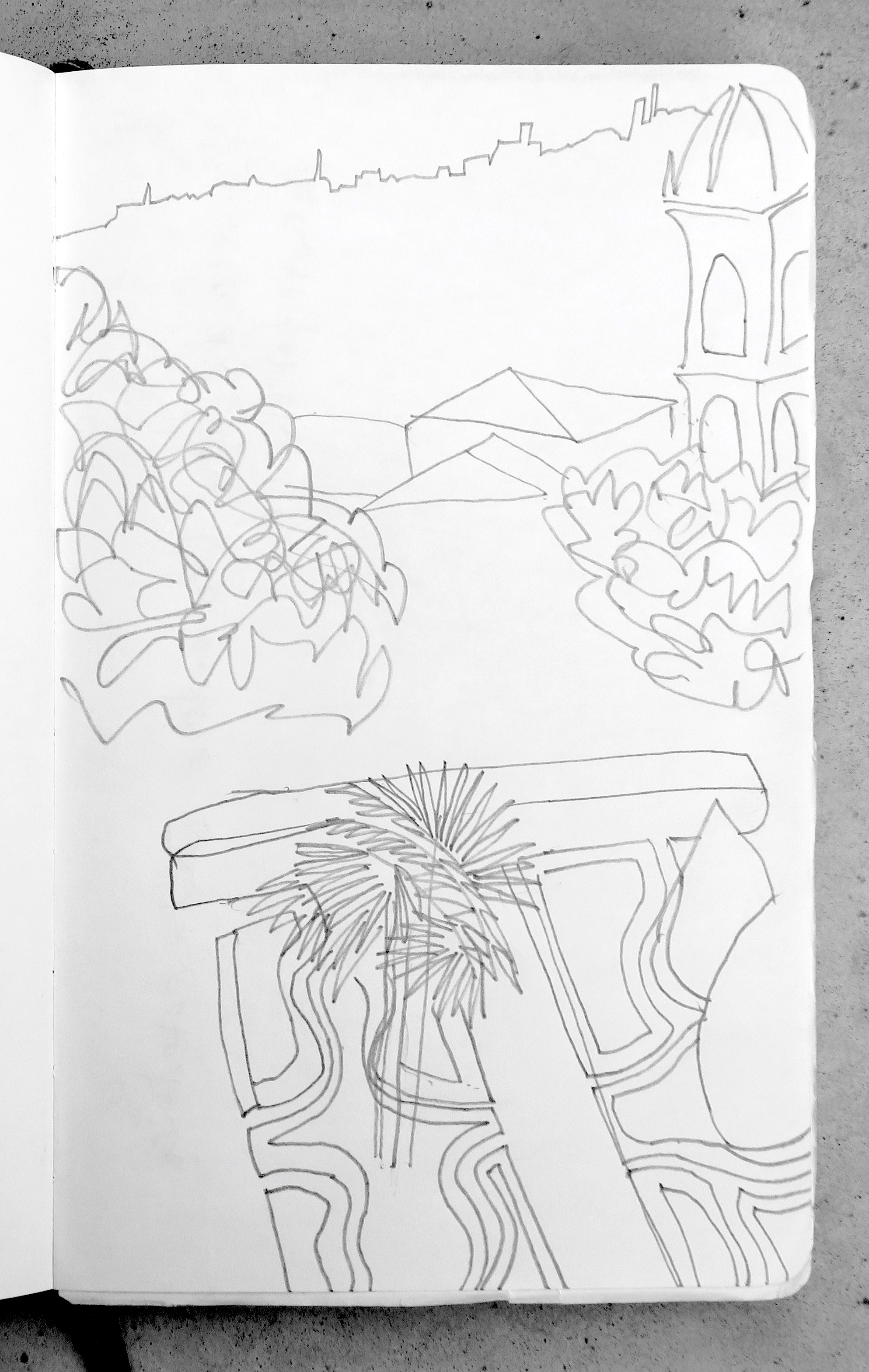






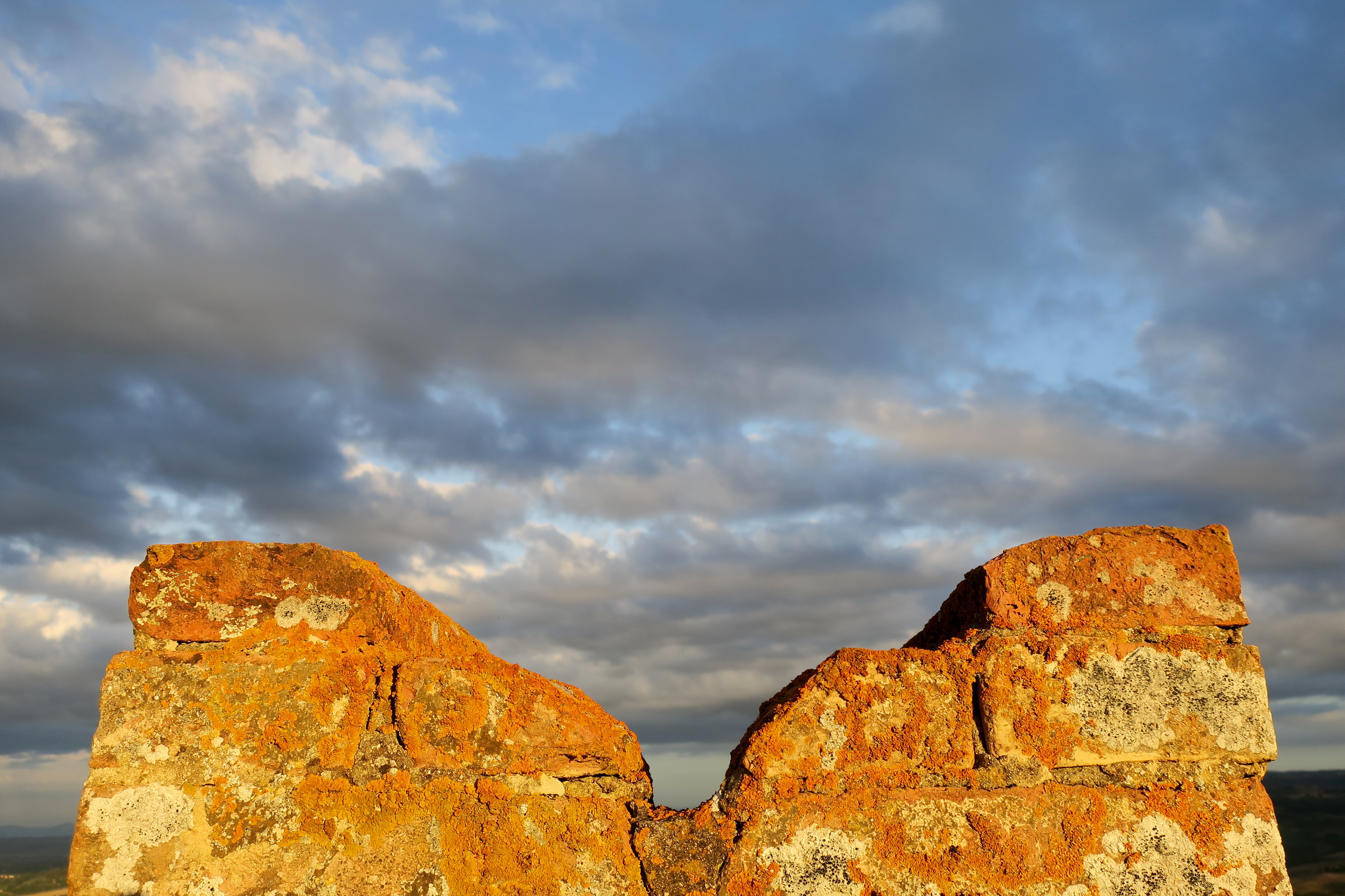
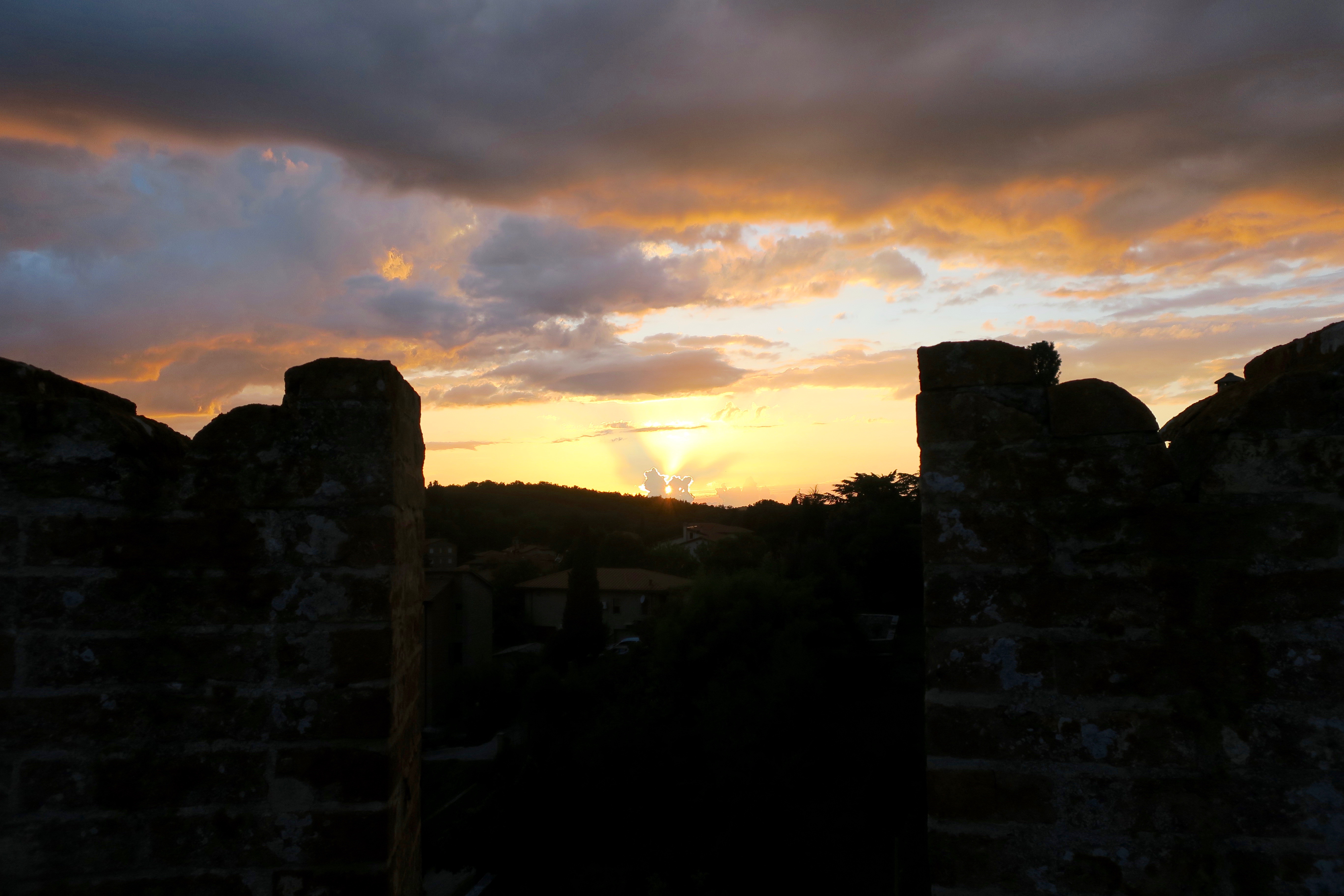

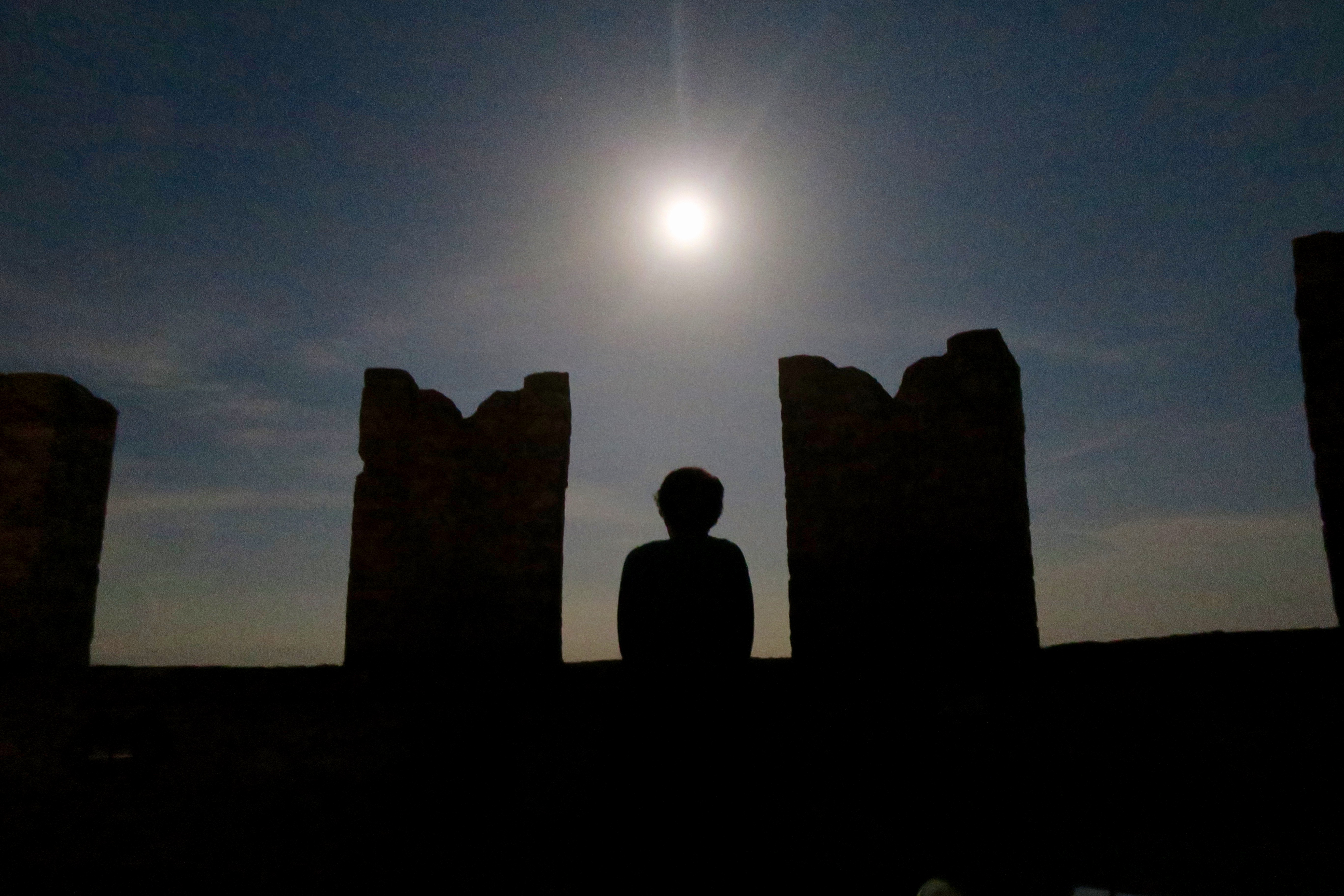


Fantastic.
Thanks. Your twigs are pretty fantastic too!
Who was actually doing the walking?
Chris & Sue, those folks you met walking on Hampstead Heath by The Spaniards.
Your posts and photos are always beautiful.
Reading them, I often have that guilty feeling I get when reading a book in a museum gift shop.
Thanks Bill, but don’t feel guilty! Just spread the word and get everyone else in the museum shop to look too.